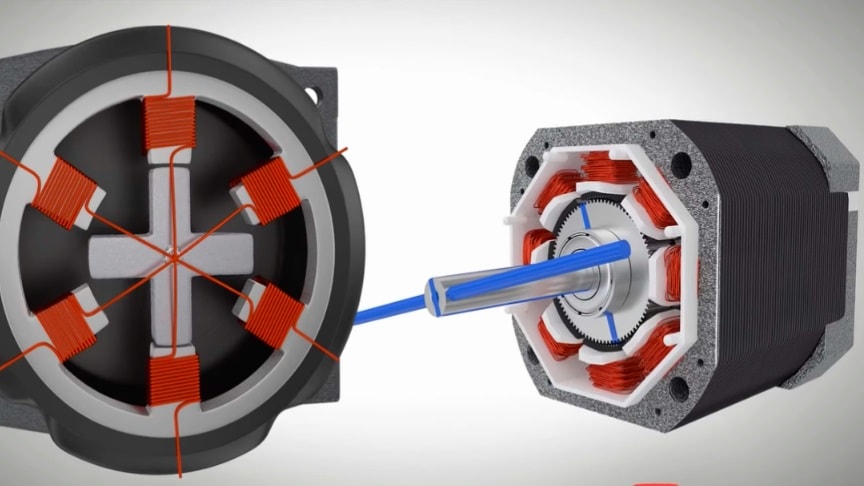How Does a Stepper Motor Work, Explained – Animation

A stepper motor, also known as step motor or stepping motor, is a brushless DC electric motor that divides a full rotation into a number of equal steps. The motor’s position can then be commanded to move and hold at one of these steps without any position sensor for feedback.
source/image(PrtSc): Learn Engineering
Stepper motors are the one of the most widely used motor type due to its simplicity and position control capability. This video gives a step-by-step explanation of variable reluctance stepper motor and hybrid stepper motor with help of animation. It also explains the concept of half stepping. Watch the video from Learn Engineering for more info:
The stepper motor is known by its property of converting a train of input pulses (typically square wave pulses) into a precisely defined increment in the shaft position. Each pulse moves the shaft through a fixed angle.
Advertisement
Stepper motors effectively have multiple “toothed” electromagnets arranged around a central gear-shaped piece of iron. The electromagnets are energized by an external driver circuit or a micro controller. To make the motor shaft turn, first, one electromagnet is given power, which magnetically attracts the gear’s teeth. When the gear’s teeth are aligned to the first electromagnet, they are slightly offset from the next electromagnet../wikipedia
https://ift.tt/2LelXdv